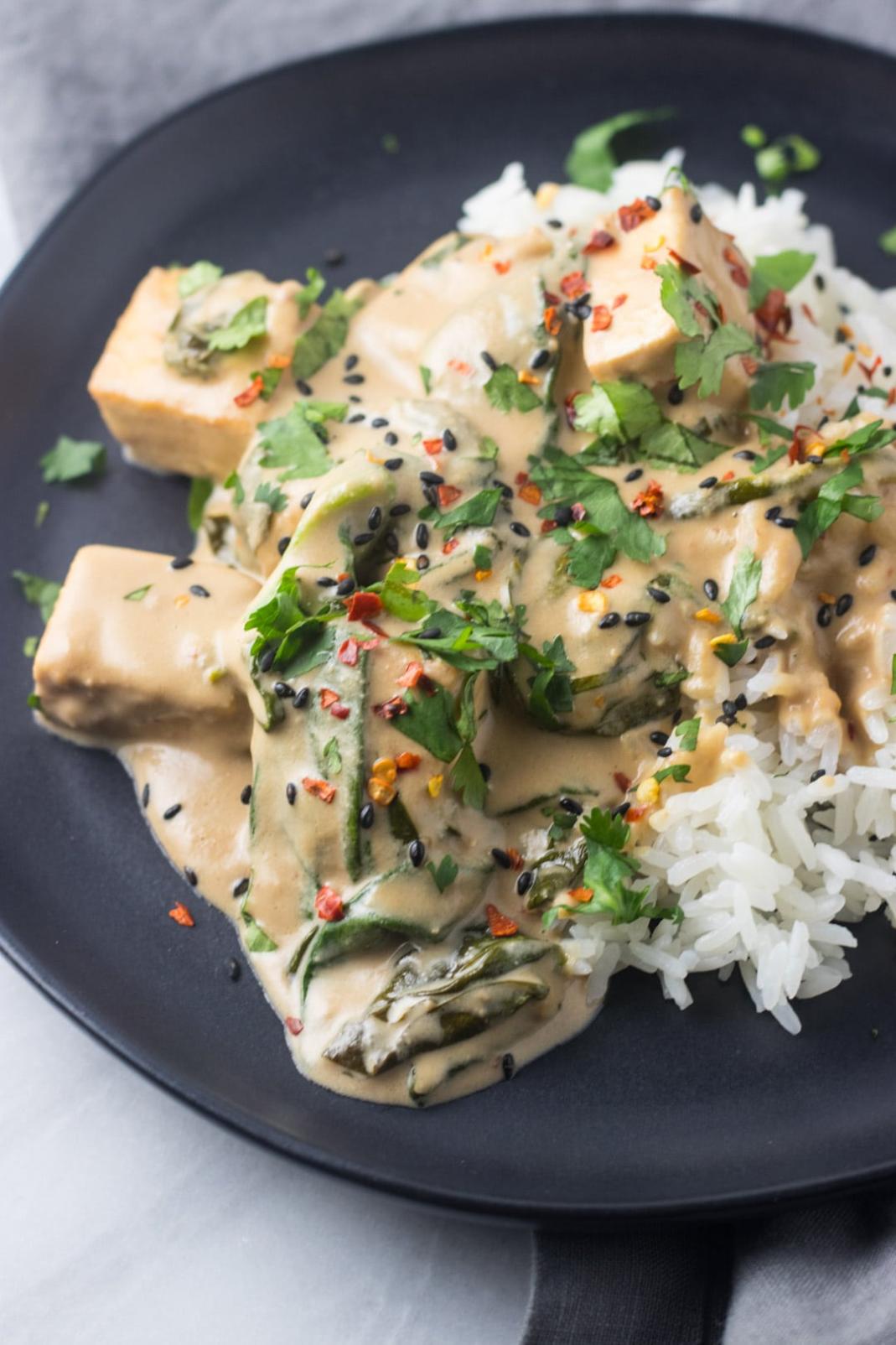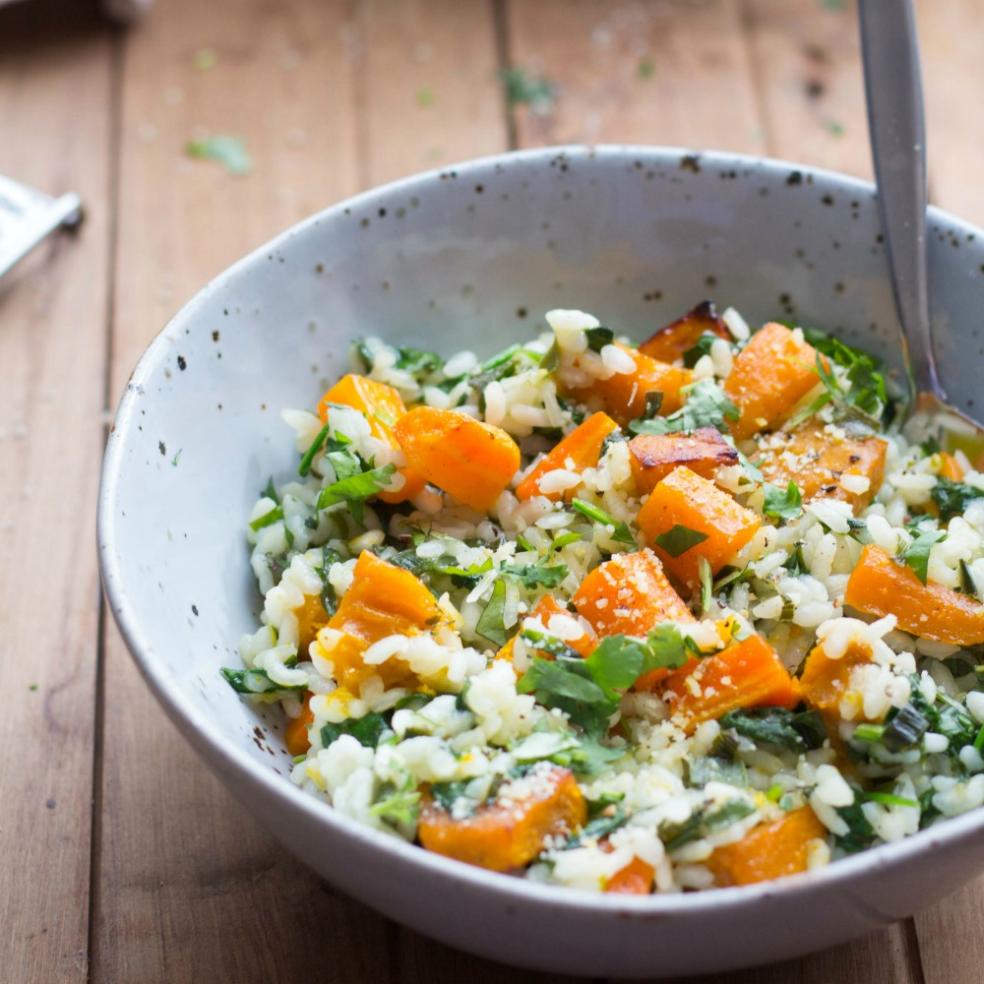How Can I Adapt My Favorite Recipes to Make Them Low-FODMAP?
If you're following a low-FODMAP diet, you may be wondering how you can adapt your favorite recipes to make them compliant. The good news is that it's possible to enjoy your favorite foods on a low-FODMAP diet with a little creativity and planning.

Understanding FODMAPs
FODMAPs (fermentable oligosaccharides, disaccharides, monosaccharides, and polyols) are a group of short-chain carbohydrates that are poorly absorbed in the small intestine. They can cause digestive symptoms such as gas, bloating, abdominal pain, and diarrhea in people with irritable bowel syndrome (IBS) and other functional gastrointestinal disorders.
Common High-FODMAP Foods
- Wheat
- Rye
- Barley
- Garlic
- Onion
- Leek
- Shallot
- Chives
- Apples
- Pears
- Mangoes
- Honey
- Agave
- High-fructose corn syrup
Low-FODMAP Alternatives
- Rice
- Oats
- Quinoa
- Sweet potato
- Carrot
- Celery
- Cucumber
- Zucchini
- Blueberries
- Cranberries
- Strawberries
- Maple syrup
- Coconut sugar
- Monk fruit
It's important to read food labels carefully when following a low-FODMAP diet. Many processed foods contain high-FODMAP ingredients, even if they don't taste sweet. For example, many salad dressings, sauces, and condiments contain high-FODMAP ingredients.
Adapting Recipes
To adapt your favorite recipes to make them low-FODMAP, you can start by using low-FODMAP ingredients. You can also use FODMAP-friendly cooking methods, such as boiling, steaming, and baking. Make gradual changes to your recipes, and experiment with different ingredients and flavors until you find a combination that you enjoy.
Tips For Adapting Specific Types Of Recipes
Soups and Stews
- Use low-FODMAP vegetables and broth.
- Avoid high-FODMAP vegetables such as onions, garlic, and leeks.
- Add flavor with herbs, spices, and low-FODMAP vegetables such as carrots, celery, and zucchini.
Sauces and Dressings
- Choose low-FODMAP oils and vinegars.
- Avoid high-FODMAP ingredients such as garlic, onion, and honey.
- Add flavor with herbs, spices, and low-FODMAP vegetables such as shallots and green onions.
Baked Goods
- Use gluten-free flour and low-FODMAP sweeteners.
- Avoid high-FODMAP ingredients such as wheat flour, honey, and agave.
- Add flavor with herbs, spices, and low-FODMAP fruits such as blueberries and strawberries.
Desserts
- Opt for low-FODMAP fruits and dairy alternatives.
- Avoid high-FODMAP fruits such as apples, pears, and mangoes.
- Add flavor with herbs, spices, and low-FODMAP sweeteners such as maple syrup and coconut sugar.
Recipe Examples

Here are a few low-FODMAP recipe ideas to get you started:
- Low-FODMAP Chicken Soup
- Low-FODMAP Veggie Stir-Fry
- Low-FODMAP Chocolate Chip Cookies
- Low-FODMAP Berry Smoothie
- Low-FODMAP Oatmeal
With a little creativity and planning, you can enjoy your favorite foods on a low-FODMAP diet. Experiment with different ingredients and flavors until you find a combination that you enjoy. Don't be afraid to make mistakes - the more you experiment, the better you'll become at adapting your favorite recipes to make them low-FODMAP.

YesNo

Leave a Reply